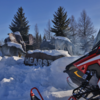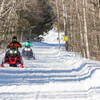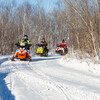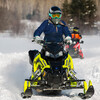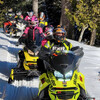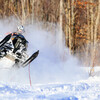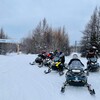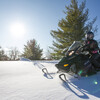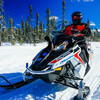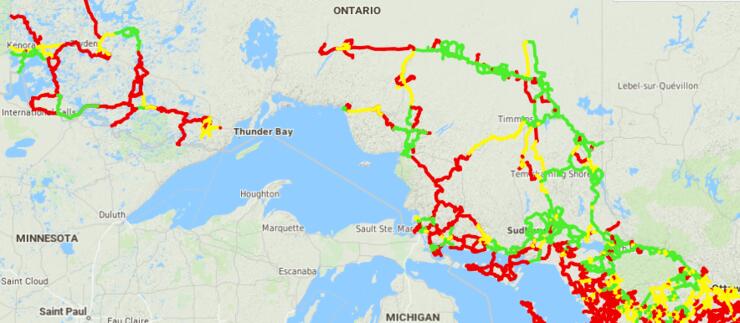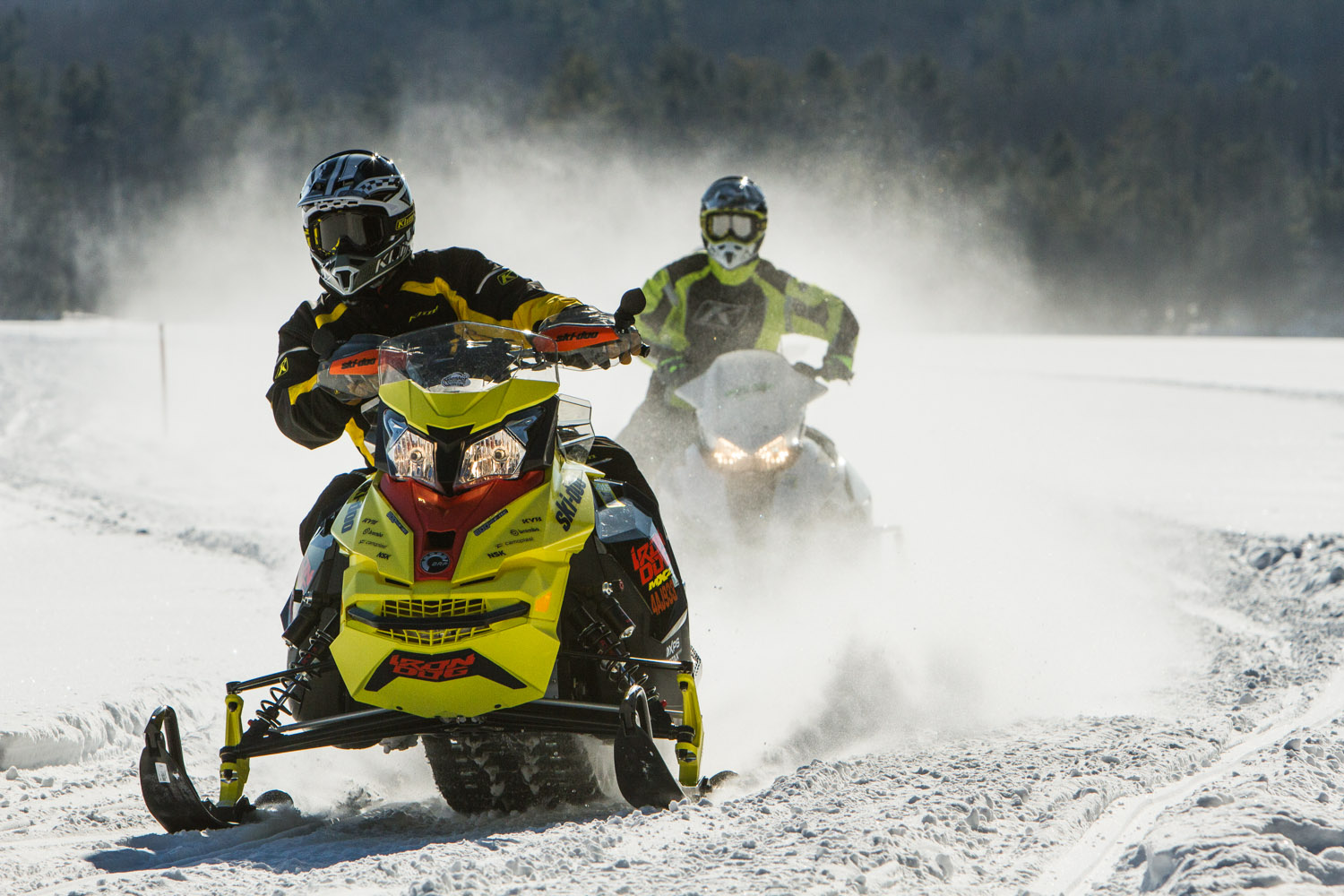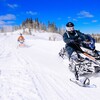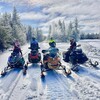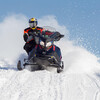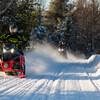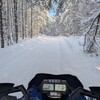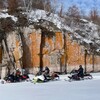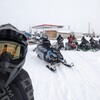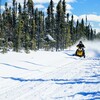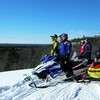
Top 5 Things to Know Before You Ride
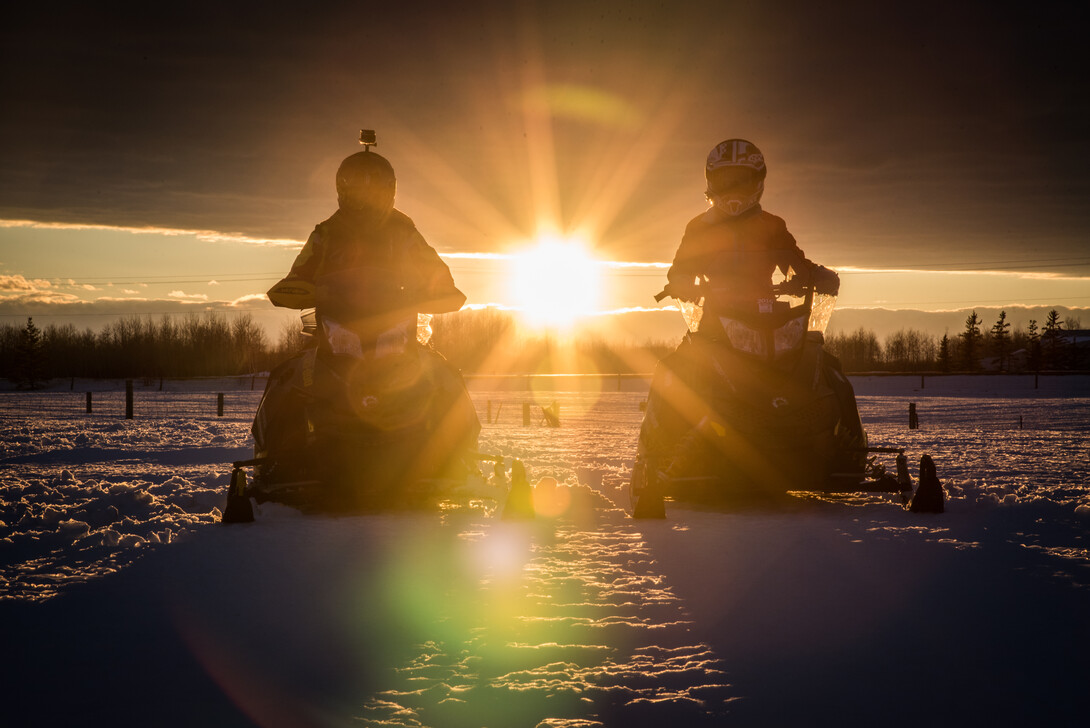
Accidents, mishaps, near misses—it’s all too close to home, and could happen to any of us. Sure, we think we’re prepared when we’re about to head out riding, but did we think of everything? Last winter, Ontario Provincial Police reported that the 2017/18 year had the highest number of snowmobile-related deaths that they have responded to in 15 years. One third of those involved people falling through ice, in addition to issues related to speeding, alcohol consumption, and unsafe riding.
I personally have been present during a major, life-changing snowmobile accident. It involved an impulse decision by someone to ride during icy conditions, and ultimately resulted in a significant injury. I’m sure we might all have one of those stories, or we might know of someone who was involved in one, so let’s do our part to help prevent another accident from happening. From gear, to equipment, to prepping for survival, here are the top five things you should know before you ride:
1. Know the Trail Conditions
Just like mountain riders check avalanche conditions before riding out West, snowmobilers in Ontario should check out trail conditions prior to riding. Make sure trails are open (green), and avoid riding during icy conditions. Icy conditions on the lakes can spell disaster if the ice is too thin or there are large cracks present. Again, be sure to stay updated on the conditions, and be aware when you are out on the open lakes. Look for cracks and other tracks that might have gone through the ice already.
This brings up another key safety point: it is imperative that you ride with a buddy, no matter what the trail conditions or your intended destination might be. If something ever happens, there is nothing quite as handy as having another person to help you and/or your snowmobile get out of a tricky or unsafe situation. In addition to a buddy, pack a first aid kit in your snowmobile at all times, along with a tow rope.
2. Speeding
With the popularity of two-way trails across many of the trail riding networks these days, riding at a safe speed is not only beneficial to your own person, but it also benefits the other people riding on the trail. Riding at a pace that is too fast for the trails or possibly even your skill level can get you into trouble really fast (pun intended!), especially with unexpected sharp turns and bumps or obstacles in the road ahead. The more you ride, the faster and more skilled you’ll become, but don’t push the boundaries. Better skills come with time, and speed doesn’t necessarily make that increase in awareness on a snowmobile come faster.
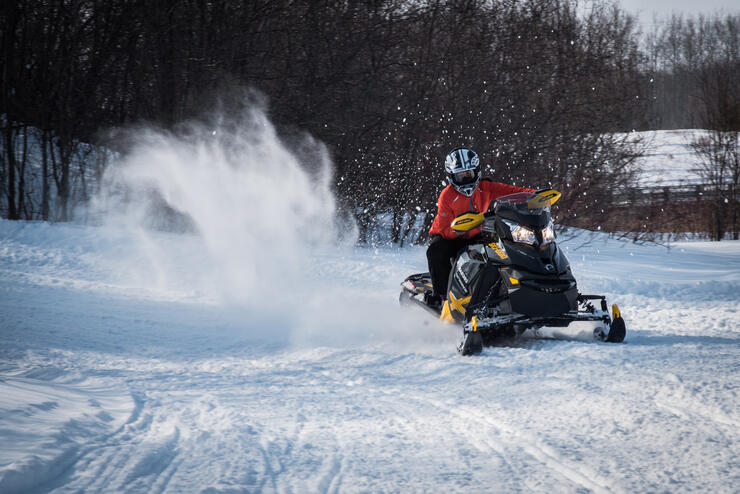
Also, think of it this way: the speed limits are there for a reason. Be thoughtful of the fact that a decrease in the speed limit is foreshadowing an obstacle in your path, or the fact that you are going into a residential neighborhood. We all want the trails to stay open, so it’s essential that we obey the laws and keep our speed in check. Plus, no one likes a ticket—and be forewarned, police regularly monitor the trails with radar.
3. Don’t drink & ride
It might seem like an obvious topic for this one, but drinking and riding is a serious offence—not only because it’s against the law, but also because you endanger those around you when you ride impaired. Start off the day on the right foot, and leave your drinks at home. This also relieves the temptation to even think about popping open a cold (or hot) beverage while out on the trail.
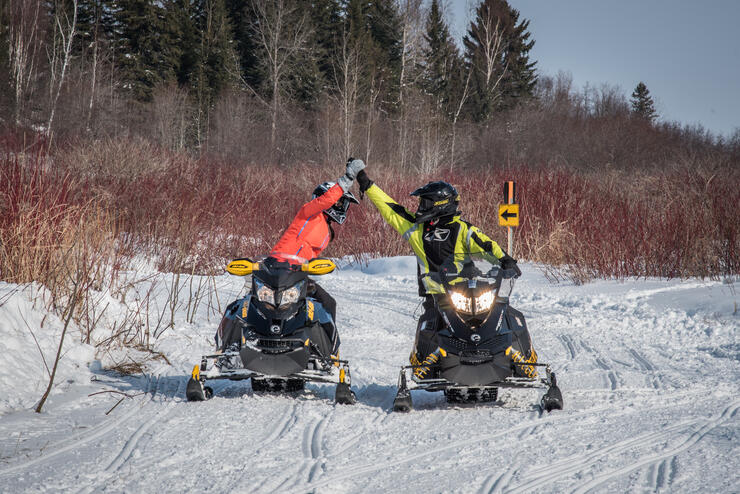
With this in mind, it is also a good idea to pack enough water and nourishment for your ride out on the trail. Especially if something were to happen to your sled and you’re forced to take the long way home, having extra supplies with you keeps you warm and in a good mental state.
4. Stay On The Trail
Yes, we all like taking the road less travelled, but making our own trails is not a good idea. First, it’s easy to tell if you did and patrols on the trails will keep track of these incidents, possibly using them in the future to shut trails down. Second, you don’t want to be “that guy” or “that girl” who is caught trespassing on someone’s property. Plus, going off-trail could potentially endanger not only you but also the people and animals around you. Stick to the trails and you’ll be good to go.
5. Know Yourself
After a long day on the trail, many people will say “I’m fine,” and “one more ride won’t hurt.” Speaking from experience, it’s the “one last ride” scenarios that always bite you in the butt. It’s better to be safe than sorry—don’t ride when you’re tired, or push yourself too hard and end up getting into a sticky situation.
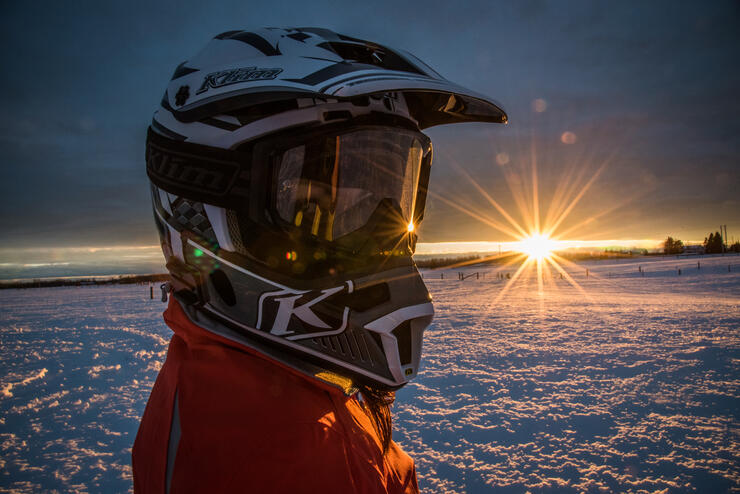
We’ve all been there, we’ve all done it. Don’t be the next one. Know when to stop, enjoy the time spent with your buddies talking about the day's ride, and enjoying the food, fire, hot tub, or whatever else you use to get warm.
Recommended Articles

The Complete List of Snowmobile Events in Ontario 2025-2026
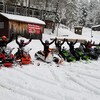
The Best Snowmobile-Friendly Lodges
Snowmobiling Winter Weather Forecast 2025-2026

I Rode the Explorers Snow Tour in Ontario and Here’s What It Was Like

Why Ontario is One of the Best Snowmobile Destinations in the World
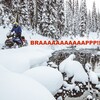
11 TikToks That Prove Ontario is the Best Place To Go Snowmobiling

5 Weekend Snowmobile Getaways Near the GTA
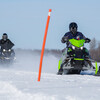
31 Ways To Get In The Know About Snowmobile Trail Riding in Ontario

A Beginner's Guide to Snowmobile Lingo

